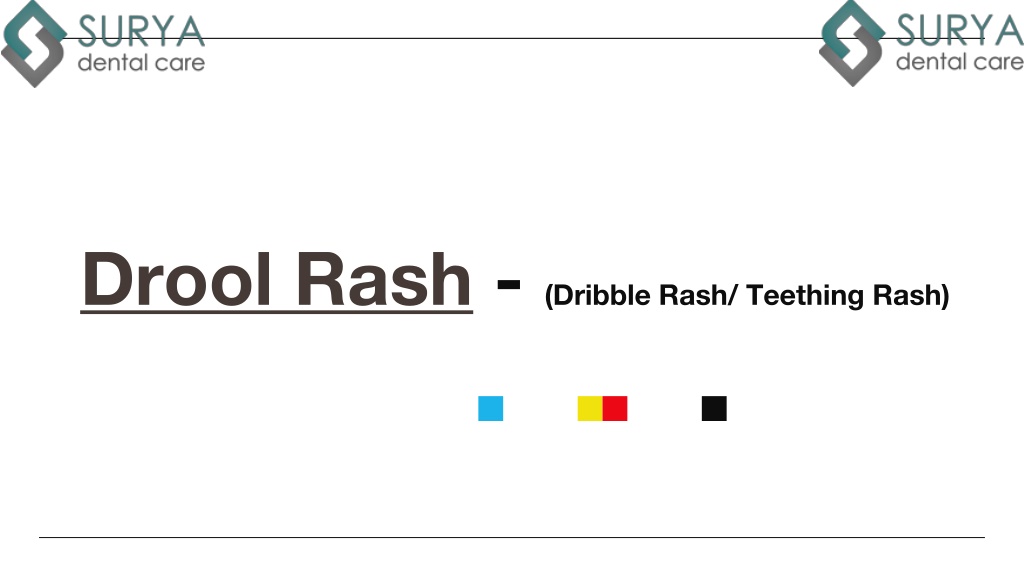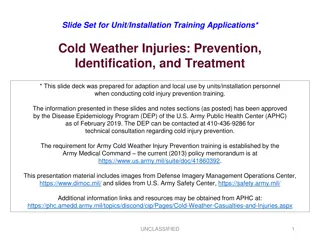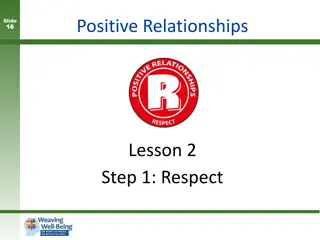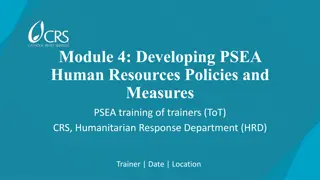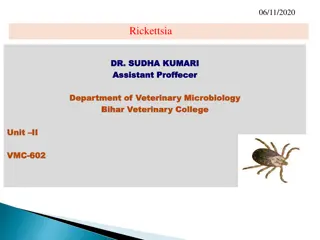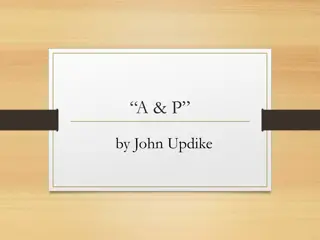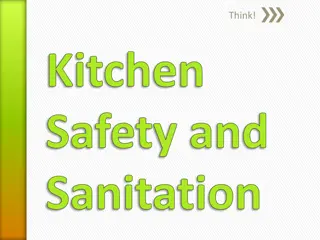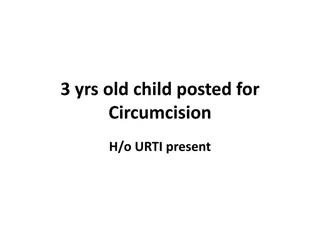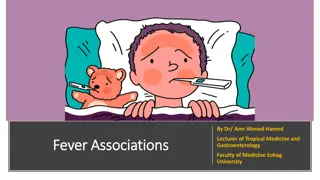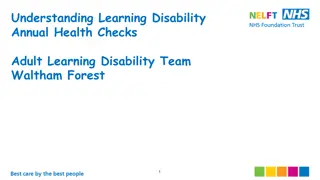Preventing and Treating Drool Rash
Drool rash is a type of contact dermatitis in babies caused by the contact of saliva with the skin. Drool rash is also called Teething rash and Dribble rash. For more info visit: // /drool-rash-in-babies-how-to-prevent-and-treat-it/
Download Presentation

Please find below an Image/Link to download the presentation.
The content on the website is provided AS IS for your information and personal use only. It may not be sold, licensed, or shared on other websites without obtaining consent from the author.If you encounter any issues during the download, it is possible that the publisher has removed the file from their server.
You are allowed to download the files provided on this website for personal or commercial use, subject to the condition that they are used lawfully. All files are the property of their respective owners.
The content on the website is provided AS IS for your information and personal use only. It may not be sold, licensed, or shared on other websites without obtaining consent from the author.
E N D
Presentation Transcript
Understanding Drool Rash What is Drool Rash? Drool rash is an irritation of the skin around a baby's mouth caused by excessive saliva that dribbles and pools on the skin. The saliva leads to redness and discomfort, particularly on the chin, cheeks, and neck areas. Drool rash is not contagious and is typically not a sign of a serious health issue, though it can cause discomfort for the baby. It commonly occurs during teething when babies produce more saliva, but it is a minor condition that can be managed effectively.
Age of Onset for Drool Rash Drool rash typically develops in babies between 3 to 6 months of age, coinciding with the onset of teething when saliva production increases. During this period, babies may drool more as their salivary glands become active. In some cases, drool rash can start as early as 2 to 3 months, particularly if the baby is more prone to excessive drooling.
Identifying Drool Rash Appearance of Drool Rash Drool rash typically appears as red and irritated skin around the mouth, chin, cheeks, and neck. Affected areas may show bumpy patches, indicating irritation from prolonged contact with saliva. The skin can become dry and flaky, and in some cases, it may appear swollen or feel warm to the touch. Severe cases of drool rash can lead to cracking of the skin, causing discomfort and pain for the baby.
Prevention Methods for Drool Rash Keep the Area Dry Apply Barrier Creams Frequent wiping of drool is essential to prevent irritation. Use a soft cloth or bib to gently pat the baby's face dry, especially after feeding. Using protective creams like petroleum jelly can shield the skin from saliva. Apply before naps to reduce moisture exposure on the skin. Use Absorbent Bibs Maintain Skin Hygiene Dressing your baby in absorbent bibs helps capture drool before it irritates their skin. Change bibs frequently to keep the area dry. Regularly clean the baby's face and neck with warm water and mild soap. Moisturize after cleaning to keep the skin hydrated and prevent dryness.
When to Consult a Pediatrician If the rash does not improve with home care after a few days, it may require medical attention. Signs of infection, such as swelling, warmth, pus, or crusting around the rash, indicate a need for a pediatrician's evaluation. If your baby exhibits excessive discomfort, fussiness, or pain related to the rash, consult a healthcare professional. Should the rash spread beyond the mouth, chin, and neck, or become more widespread, seek medical advice immediately.
Tips for Managing Drool Rash Use Soft Cloths Apply Protective Creams Change Bibs Frequently Gently wipe your baby's face with a Use a barrier cream like petroleum Dress your baby in absorbent bibs soft cloth to remove excess saliva jelly or baby-safe moisturizer on the and change them regularly to keep and prevent irritation around the affected areas to shield the skin the skin dry and reduce the risk of mouth and chin. from moisture. drool rash.
Additional Considerations Importance of Hygiene Regularly clean the baby s face and neck to remove saliva and food particles. Use mild, baby-friendly soap to prevent skin irritation. Pat the skin dry gently to avoid further irritation. Use of Medicated Creams Consult a pediatrician for recommended medicated creams if irritation persists. Medicated ointments can help soothe and heal the affected skin. Apply creams as directed, especially after cleaning the area.
Conclusion and Key Takeaways Key Points Considerations + Drool rash is a common skin irritation in babies, primarily caused by prolonged exposure to saliva. Parents may need to adjust their approach as drooling can last until the baby is two years old, requiring ongoing management strategies. + Preventive measures include keeping the affected area dry, using absorbent bibs, and applying barrier creams to protect the skin. If irritation persists despite home care, it could lead to discomfort for the baby, necessitating professional intervention. + Maintaining good hygiene practices can reduce the risk of drool rash and promote overall skin health in infants. In some cases, drool rash can become complicated by secondary infections if not properly managed. + Consulting a pediatrician is crucial if the rash shows no improvement, worsens, or presents signs of infection.
T Thank You! hank You! https://www.suryadentalcare.com/ https://twitter.com/CareSurya https://www.facebook.com/suryadentaltrichy https://www.instagram.com/suryadentalsenthil/
